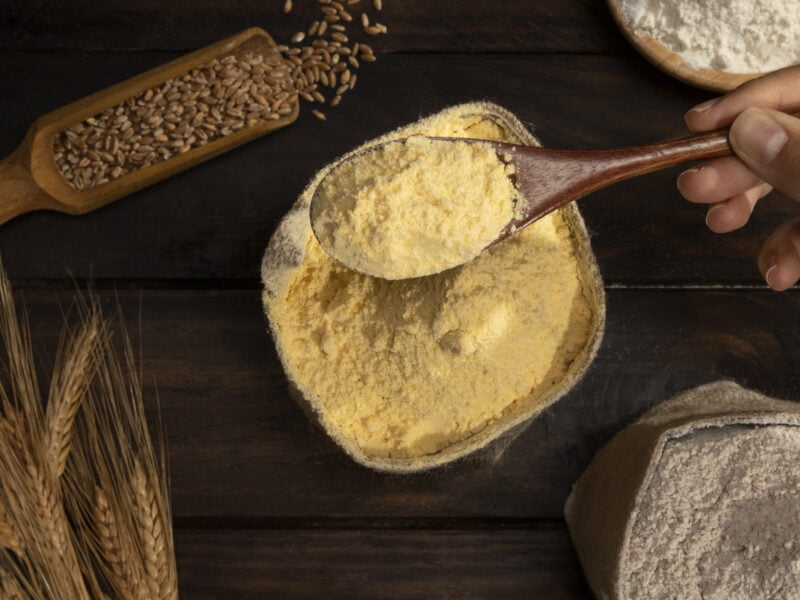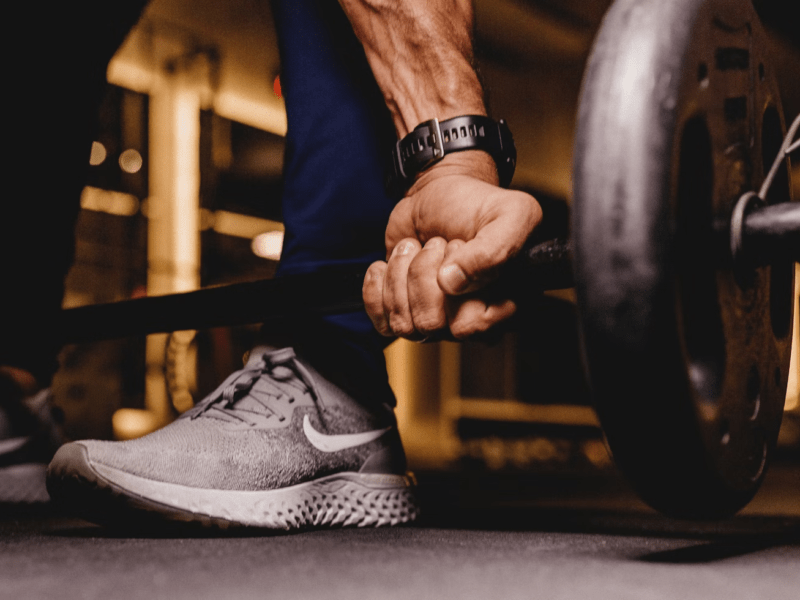Pilates is much more than the advertised, “Long and lean figure”. Originally designed to rehabilitate injured soldiers, Pilates is now embraced by athletes, dancers, and fitness enthusiasts worldwide. But amidst its acclaim, one question often arises: does pilates build muscles? The short answer is YES. The principles of Pilates—control, concentration, centering, precision, breath, and flow—combine to create a powerful workout that increases muscular strength and endurance.
Here, we’ll explore how Pilates helps in muscle development, its impact on strength, and its benefits. We’ll also highlight some of the best Pilates exercises for building muscle and strength.
How Does Pilates Build Muscles?
With a 15% increase, a total of 11.86 million people participated in pilates training just last year in the United States. Renowned for its ability to develop lean muscle mass through a series of controlled, precise movements that engage multiple muscle groups simultaneously.
Let’s take a look at how Pilates build muscles:
1. Engagement of Multiple Muscle Groups
Pilates exercises activate multiple muscle groups, promoting balanced muscle development. This muscle group engagement builds muscle and also improves muscle coordination and functional strength.
2. Core Strengthening
The core, including the abdominal muscles, lower back, and pelvic floor, is the powerhouse of the body. Research shows that Pilates can improve core strength by up to 21% in just eight weeks. Pilates exercises like the Plank, Teaser, and Roll-Up specifically target the core, leading to a sculpted and strong midsection.
3. Resistance Training
While Pilates is often associated with bodyweight exercises, it also incorporates various resistance tools such as resistance bands, stability balls, and Pilates machines like the Reformer. Research has shown that resistance training can increase muscle mass by 1.1 kg over 10 weeks, making these Pilates tools valuable.
4. Flexibility and Muscle Recovery
Improved flexibility reduces the risk of injuries and aids in muscle recovery. Studies have shown that regular stretching can improve muscle flexibility by 19%. Stretching exercises within the Pilates repertoire ensure that muscles remain supple, reducing muscle soreness and enhancing overall muscle function.
Does Pilates Build Strength?

The answer is a resounding yes. Pilates is an excellent form of exercise for building strength, particularly in the core, back, and lower body.
1. Functional Strength
Functional strength refers to the strength required to perform everyday activities efficiently. Pilates exercises mimic natural movements, enhancing functional strength. Movements like the Squat and Lunge, build strength in the legs and glutes.
2. Endurance
According to a study by Coach M Morris, Pilates has increased muscular endurance by up to 28% over a 10-week period. It improves muscular endurance, allowing muscles to sustain prolonged activity without fatigue.
3. Upper Body Strength
Pilates also targets upper body strength through exercises like Push-Ups, Tricep Dips, and exercises on the Reformer. Research indicates that upper body strength can increase by 15% after consistent Pilates practice.
4. Stabilizing Muscles
Pilates emphasizes the engagement of stabilizing muscles, which support larger muscle groups and joints. Strengthening these muscles improves overall stability and reduces the risk of injuries, particularly in the lower back and joints.
Benefits of Pilates
Pilates offers a plethora of benefits beyond muscle building and strength:
1. Better Posture
Poor posture is a common issue in today’s lifestyle, 34%–50% of children and young adults have improper posture. Pilates focuses on proper alignment and strengthens the muscles responsible for maintaining good posture. Improved posture not only enhances physical appearance but also reduces the risk of musculoskeletal issues.
2. Enhanced Mental Well-being
The mind-body connection is a fundamental aspect of Pilates. The focus on controlled movements and deep breathing reduces stress, enhances mental clarity, and promotes relaxation. Research indicates that Pilates can reduce anxiety levels by 20%.
3. Injury Prevention and Rehabilitation
Pilates is widely used in physical therapy and rehabilitation settings. Its low-impact nature makes it suitable for people recovering from injuries or surgeries. These exercises strengthen muscles without placing undue stress on joints, promoting safe and effective recovery.
4. Improved Balance and Coordination
Pilates improves proprioception by 15%, the body’s ability to sense its position in space. This improved awareness leads to better balance and coordination, reducing the risk of falls and improving athletic performance.
5. Weight Management
While Pilates may not burn as many calories as high-intensity cardio workouts, it contributes to weight management by building lean muscle mass. Muscle tissue burns more calories at rest than fat tissue, aiding in weight loss and maintenance.
Best Pilates Exercises to Build Muscle & Strength

1. The Hundred
A classic Pilates exercise that engages the core, arms, and legs. Lying on your back, lift your head, shoulders, and legs off the mat while pumping your arms up and down.
2. Teaser
This advanced move targets the core, hip flexors, and back muscles. Lying on your back, lift your legs and upper body simultaneously, reaching for your toes in a V-sit position.
3. Reformer Footwork
Using the Pilates Reformer machine, perform footwork exercises to strengthen the legs, glutes, and calves.
4. Leg Circles
This exercise strengthens the hip flexors and core while improving flexibility. Lying on your back with one leg extended toward the ceiling, make small circles with your leg, keeping your core engaged.
5. Pilates Push-Up
A variation of the traditional push-up that emphasizes control and precision. Perform a push-up, then walk your hands back toward your feet, rolling up to a standing position.
Final Thought
Plus, a regular Pilates routine can lead to improved muscle tone, increased strength, better posture, and enhanced mental well-being. The exercises highlighted in this blog are just a starting point—Pilates offers a vast repertoire of movements that can be adapted and modified to suit your individual needs.
So, does Pilates build muscles? Absolutely. It builds lean, functional muscle mass while promoting overall health.





